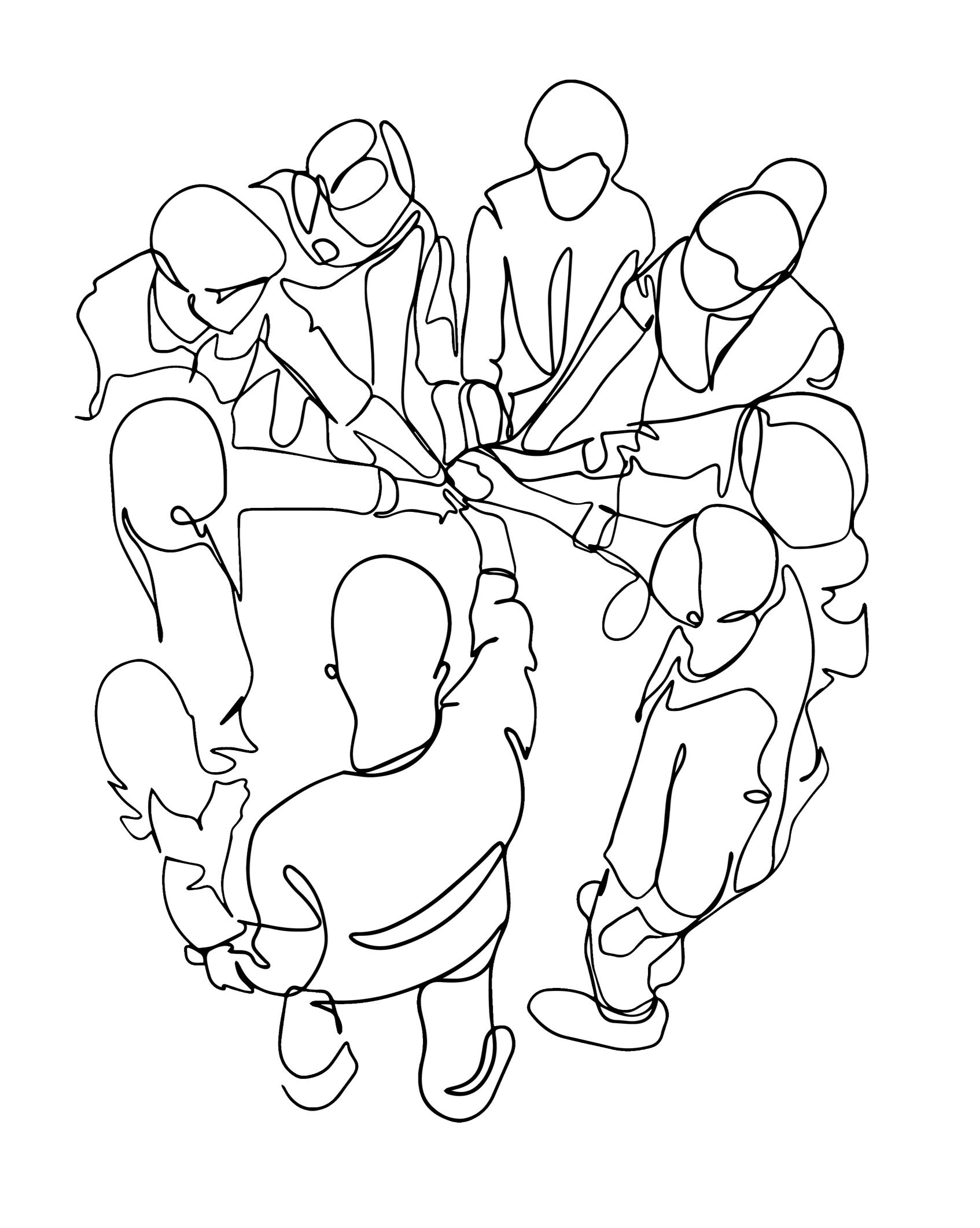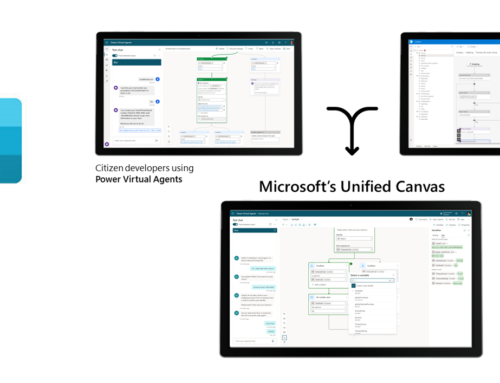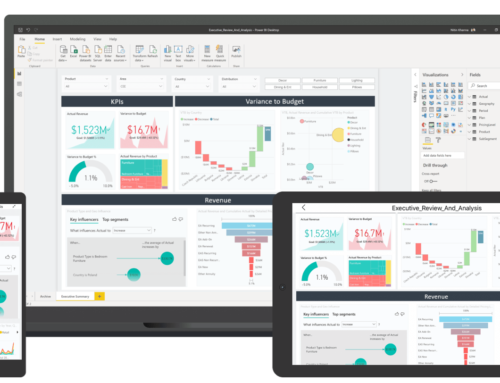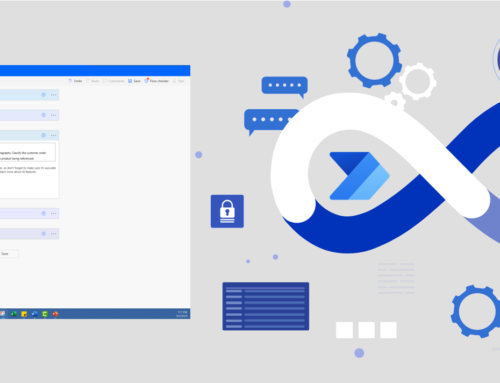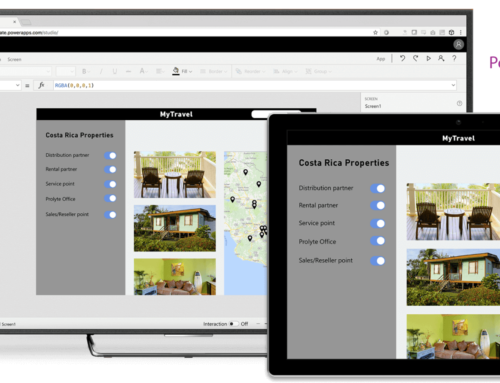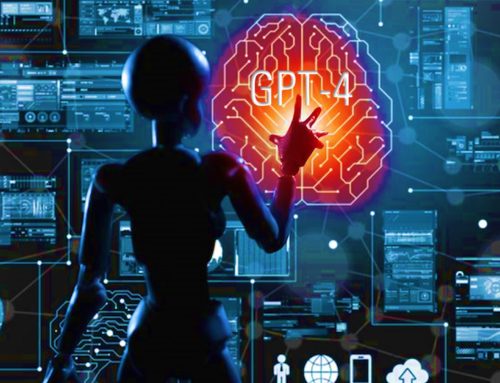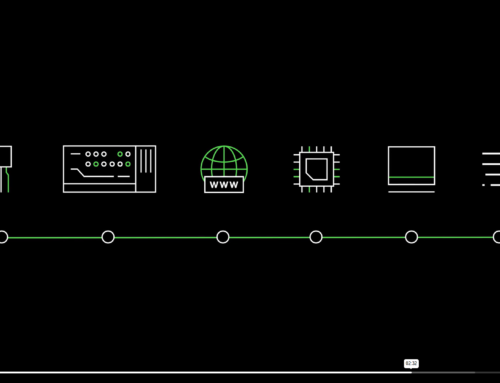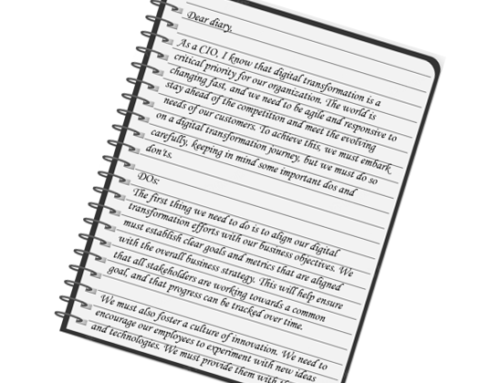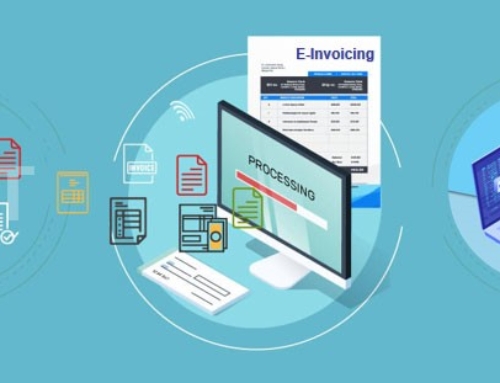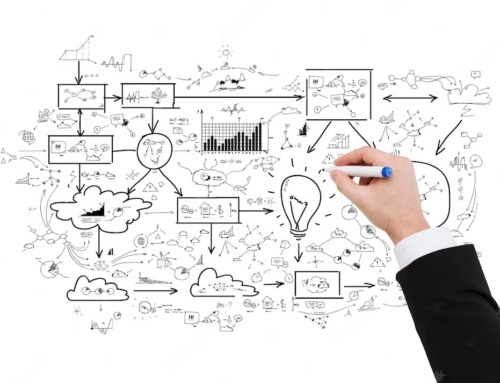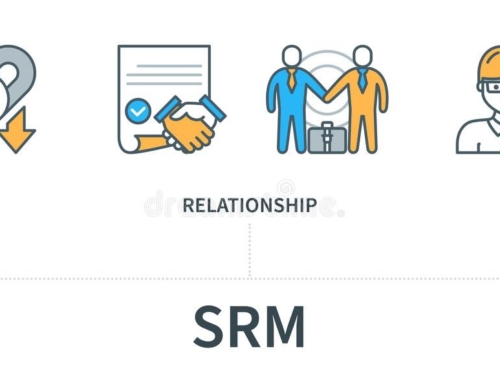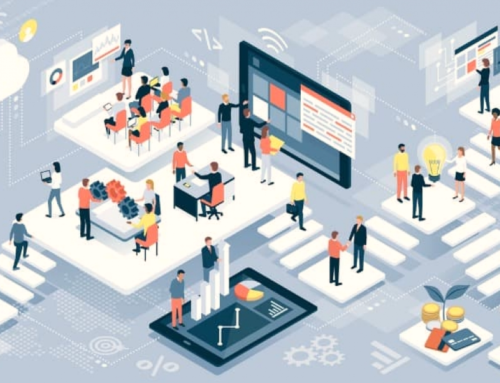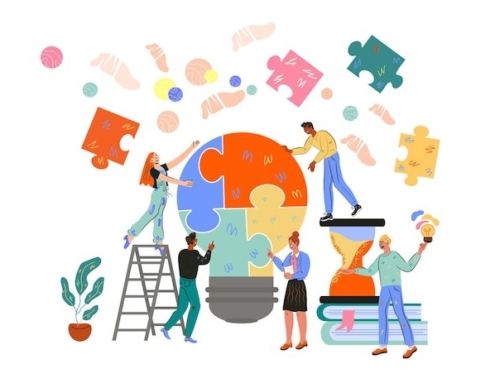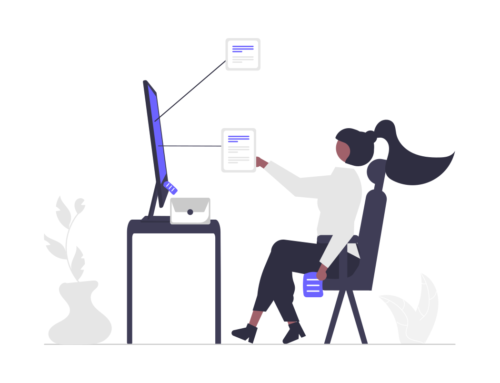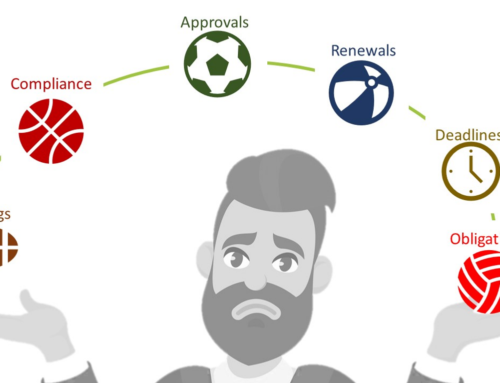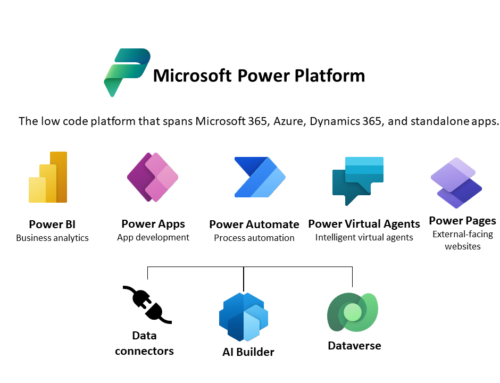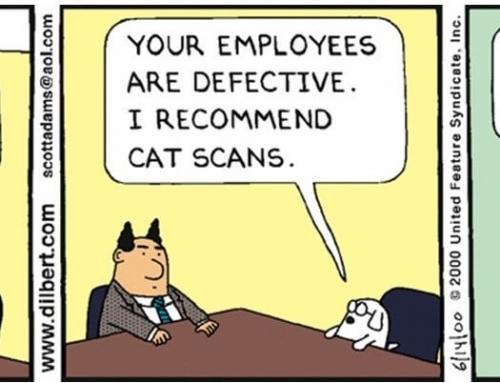- Changing workforce demographics: As the workforce becomes more diverse and multigenerational, organizations need to adapt to the needs and preferences of different employees. A holistic employee experience platform can provide a personalized and inclusive experience that caters to the needs of all employees, regardless of their background or work style.
- Distributed and remote work: With the rise of remote work and distributed teams, employees need access to information and tools from anywhere, at any time. A holistic employee experience platform can provide a seamless and consistent experience across different devices and locations, enabling employees to stay connected and productive.
- Increasing demand for collaboration and knowledge sharing: In today’s fast-paced and complex business environment, employees need to work together and share knowledge to achieve their goals. A holistic employee experience platform can facilitate collaboration and knowledge sharing through features such as social networking, messaging, and content creation and sharing.
- Rising expectations for digital experiences: As employees become more accustomed to using consumer-grade digital tools and services in their personal lives, they expect the same level of convenience and usability in their work environment. A holistic employee experience platform can provide a modern and intuitive interface that meets these expectations and enhances employee engagement and satisfaction.
- Need for data-driven insights: To optimize employee experiences and drive business outcomes, organizations need to collect and analyze data on employee behavior, preferences, and performance. A holistic employee experience platform can provide the data and analytics tools needed to gain insights into employee behavior and optimize the employee experience.
Reimagining Employee Experience
A holistic employee experience platform needs to include the following key capabilities:
- 360-degree communication with a range of communication tools that cater to the diverse needs of employees, and designed to encourage open, transparent and effective communication across the organization. In addition to top-down updates from senior leaders, company-wide and local announcements, events, etc; the platform should facilitate lateral communication and collaboration between peers and colleagues; and bottom-up communication through feedback, surveys, polls, helpline, etc.
- Modern workplace collaboration enabling employees to work together seamlessly and effectively, regardless of their location or device. It should be designed to promote productivity, engagement and collaboration, and should leverage the latest technologies to deliver a seamless and intuitive user experience. Key aspects to consider are mobile-first design, real-time collaboration, secure content access, and video collaboration. Further, the advances in generative AI can enable intelligent recommendations or insights, helping employees to find relevant content, identify experts or optimize (and even automate) their work.
- Learning, Knowledge and Innovation capabilities facilitating a wide range of targeted as well as self-paced options for learning, development and training; post-training evaluation and certification; comprehensive knowledge management abilities supporting explicit as well as tacit knowledge; and foster innovation through brainstorming tools, ideation platforms, or even virtual innovation challenges.
- Employee visibility with a range of tools and resources to support employee profile and visibility, rewards, recognition, appreciation, health and wellbeing, hobbies and interests, etc. It should be designed to promote engagement, collaboration, and continuous learning and growth, and should be tailored to the unique needs and preferences of each employee.
- Integration with other communication tools and channels that the organization uses, such as email, video conferencing and conversations, to provide a seamless and consistent communication experience. Similarly, the platform needs to integrate with other systems such as HRMS to ensure a single source of truth.
- Multilingual capability enabling communication across a diverse and global workforce.
- Analytics and reporting capabilities to allow organizations to track communication effectiveness, engagement and sentiment to drive improvements and optimize the employee experience.
Roadmap for Transition
A carefully planned roadmap is necessary to ensure smooth and successful transition to a holistic Employee Experience:
- Needs Assessment to determine organisational priorities, employees expectations and strengths and weaknesses of the current intranet.
- Set Objectives you want to achieve, such as improving collaboration, productivity, employee engagement, and the overall employee experience.
- Choose the right platform which aligns with your objectives and budget
- Develop a communication plan to inform employees about the transition, why it is happening, and what they can expect from the new platform. Address any concerns they may have and make sure they understand how the new platform will benefit them.
- Plan for data migration from the old intranet to the new platform. Identify which data is essential and what can be left behind. Ensure that data is migrated securely and without any loss.
- Pilot and test the platform a small group of employees to test it for usability, performance, and user satisfaction. Collect feedback from the pilot group and use it to make improvements.
- Create a training plan for employees to learn how to use the new platform. Provide training materials, videos, and tutorials to ensure that everyone can use the platform with ease.
- Launch and promote the platform to all employees. Make sure everyone knows how to access and use it. Encourage feedback and suggestions to improve the platform continuously.
- Monitor and measure the effectiveness of the new platform against your defined goals. Collect feedback from employees, and make adjustments as needed to ensure the platform continues to meet their needs and expectations.
Common Pitfalls
The transition to a holistic Employee Experience can be a complex process. There are several common pitfalls that one must steer clear of:
- Lack of Leadership Support: Without support from senior leadership, the transition to a holistic EX approach is unlikely to succeed.
- Excessive focusing on technology: Technology is an important enabler but Employee Experience goes far beyond technology and involves organisational culture, connect and communication.
- Silver Bullet Approach: Each organization is different in terms of context, culture and aspirations. Employees’ demographics, readiness and acceptance levels, expectations in your organization may be very different from other organizations. It is important to consider uniqueness of your organization when designing employee experience.
- Trying too much: Simplicity is key when it comes to the employee experience platform. Don’t overload it with unnecessary features that will only confuse and frustrate employees.
- Ignoring data privacy and security: The security of employee data is paramount, so make sure that you have robust security measures in place and comply with relevant data protection laws and regulations.
- Change management: Such a transition involves significant change management, including communication, training, and stakeholder engagement. Without adequate change management, the transition is likely to fail.
Selecting an Implementation Partner
Several factors need to be considered while selecting an implementation partner for such a transition:
- Experience: Look for a partner with experience in implementing similar projects. They should have a track record of successful transitions, and be able to provide case studies or references to support their claims.
- Expertise: Your implementation partner should have a deep understanding of both the technology and the human factors involved in the transition. They should have expertise in user experience design, change management, and data privacy and security.
- Flexibility: The partner should be able to adapt to your specific needs and preferences, and be willing to work collaboratively with your internal teams. They should be flexible in their approach, and open to feedback and adjustments throughout the process.
- Communication: Clear and consistent communication is essential for a successful transition. Your partner should have effective communication skills and be responsive to your questions and concerns.
- Value: Look for a partner who can provide value for money. They should be able to deliver high-quality work within your budget and timeframe.
- Support: After the implementation, ongoing support and maintenance will be necessary. Your partner should provide adequate support and be available to address any issues that may arise.
In conclusion, while intranets have been an essential tool for organizational communication and collaboration for over two decades, a holistic employee experience platform is now necessary. The platform should have capabilities such as 360-degree communication, modern workplace collaboration, learning, knowledge and innovation, employee visibility, integration with other communication tools and channels, multilingual capability, and analytics and reporting capabilities. A successful transition requires a needs assessment, setting objectives, choosing the right platform, developing a communication plan, planning for data migration, pilot and testing, creating a training plan, launching and promoting the platform, and monitoring and measuring its effectiveness. To avoid common pitfalls, organizations should have leadership support, involve employees in the process, and ensure that the platform meets their needs and preferences.

